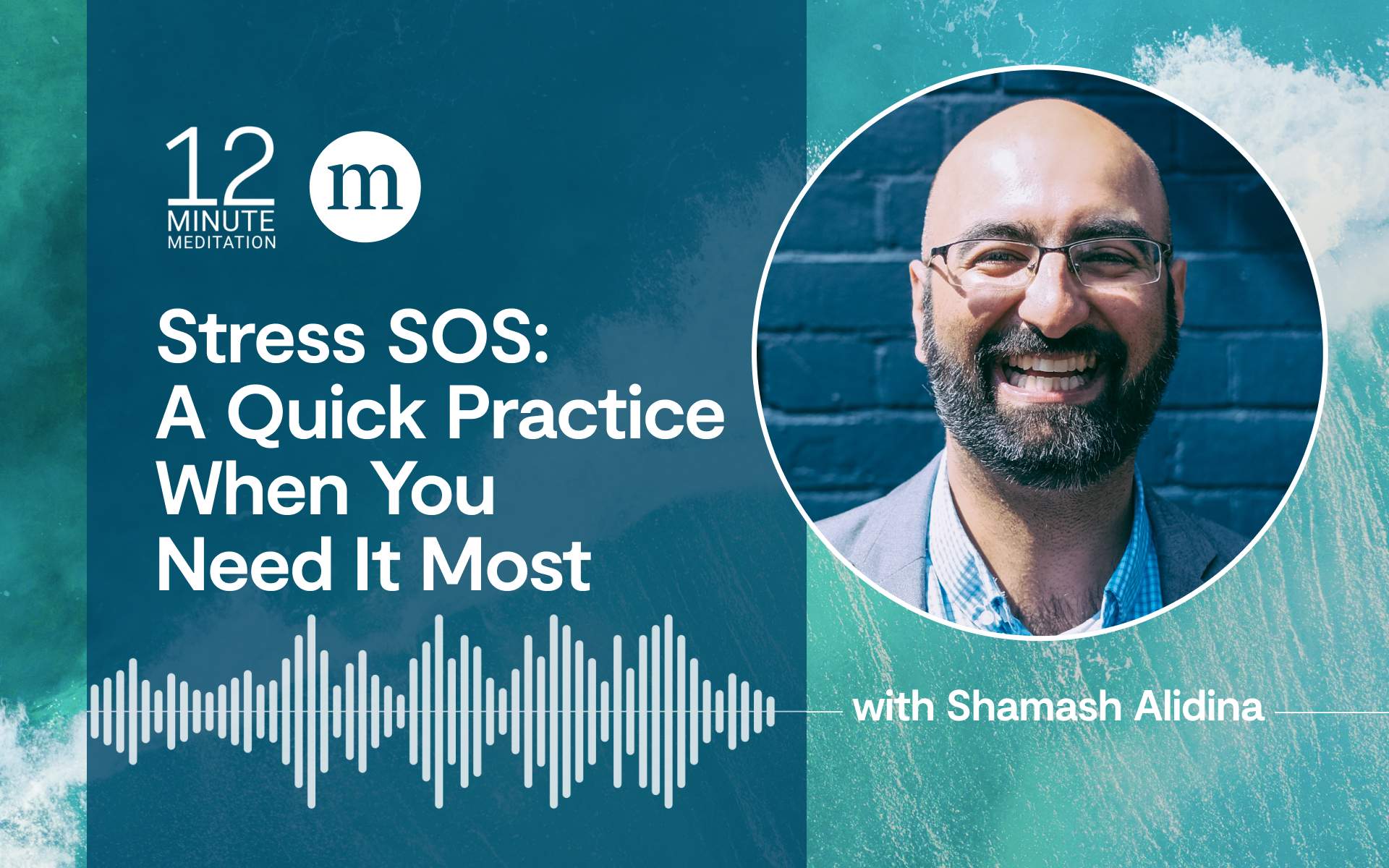Contentment is more than transient moments of appreciation—it is a way of being. It is a place where our minds and hearts rest, an embodied understanding that has deep within it a sense of contentment, an ease of being, a sense that all is well.
Noticing and giving time to what is present doesn’t come so easily to most of us, especially when we’re under stress. However, there are steps we can take to train ourselves to bring awareness to the nourishing aspects of our lives and cultivate the conditions for enduring contentment. Raising and broadening our gaze can reveal many moments of appreciative joy in everyday life. Recognizing, seeing, and stepping away from our judging mind creates the conditions for enduring contentment.
Contentment does not deny difficulty or pain, nor the value of the judging mind if it is used judiciously. It is not some kind of Pollyanna positive thinking. In fact, contentment can mean recognizing and resting in a difficulty, letting go of the struggle that can perpetuate suffering. More than this, it can open our eyes to the goodness that often sits alongside any difficulty. Contentment in this sense opens to what is actually present in any given moment: the pleasant, the unpleasant, and the neutral, letting go of the striving for perfection, goals, and stability that simply don’t exist.
A Mindfulness Practice to Cultivate Contentment
- Take a few moments to steady your attention.
- Take up a posture that communicates a sense of wakefulness and dignity.
- Steady for a few moments on your breath, anchoring your attention.
- Take note of any bodily sensations, feelings, and thoughts, allowing them to be as they are, with the breath as the anchor for your attention.
- Bring into the practice the questions “What do I need in this moment to be happy?” and “What is lacking from this moment?”
- As best you can, stay very close to this moment. If you notice your mind wandering into judging or wider questions about your life, escort it back to this moment, back to “What do I need in this moment to be happy?”; “What is lacking from this moment?”
- Explore within yourself what it is to rest in this moment with ease, to rest in the small space between the ending of the out‐breath and the beginning of the next breath, to rest in the quietude between sounds, to rest in the body.
The Importance of Gratitude in Cultivating Contentment
Gratitude nourishes and supports contentment. It is an active choice to identify all that we can be grateful for in our lives. We can be grateful for a seemingly trivial thing, like a moment of kindness a stranger shows us, or more seemingly profound things, like a loving relationship or our health. You’re not denying any difficulties you may be experiencing by acknowledging the good that sits alongside them. Gratitude isn’t an antidote to your problems, but a gentle counterpoint to the inclination of the mind to identify everything that is lacking or imperfect in our lives.
There are many ways to develop gratitude, but one is to look at all the good things we often take for granted.
There are many ways to develop gratitude, but one is to look at all the good things we often take for granted, and then look more deeply into them to acknowledge and extend appreciation to all the people and conditions that brought them into being. As we read a book that we are enjoying, we can extend appreciation to the people who wrote it; the publisher who commissioned it and the large team that brought it to publication; the paper mill somewhere in the world that manufactured the paper; the printing factory that printed the book; the artists who created the cover illustration; the trees that were the raw materials for the paper; the sun, rain, and soil that enabled the trees to grow.
Gratitude is neither sentimental, a denial of the difficult, nor necessarily easy. It is a training to incline the mind in a new direction, of appreciation, so that we can make choices about where to place our attention.
The Connection Between Joy and Awareness
As we discussed in a previous post, joy is an intention, a cultivation, and a practice. Although we all have the ability to experience joy, this capacity can be trained and developed. This is particularly helpful because our capacity for joy can sometimes be depleted. Clinicians and teachers, for example, are exposed to an enormity of distress that can feel overwhelming. Some experience compassion fatigue that causes them to erect defenses as a way of protecting themselves.The intentional cultivation of gladness, appreciation, and joy, however, can help renew and replenish our inner resources, enabling us to sustain empathy.
Joy inspires practice because it enlightens and is reinforcing. This intrinsic reward within joy naturally motivates our practice and supports positive change. In the midst of a lot of suffering we can be motivated to change, but once the suffering abates, we can rock back into our default position. Having the intrinsic reward of joy helps us to practice and grow in the absence of suffering.
Appreciation and gladness are not as far away from us as we often imagine. In the midst of rumination, heartache, exhaustion, and worry, mindfulness prompts us to widen the field of our awareness. It takes only a simple intention and a moment of mindfulness in the midst of pain or illness to notice the places in our bodies that are well and easeful. Gladness is not a reward for having endured or survived the difficult—rather, it is one of the key qualities that allows us to embrace the difficult without being overwhelmed by it, and to appreciate all that is well, lovely, and beautiful.
Excerpted from Mindfulness: Ancient Wisdom Meets Modern Psychology by Christina Feldman and Willem Kuyken. Copyright (c) 2019 The Guilford Press. Reprinted with permission of The Guilford Press.








